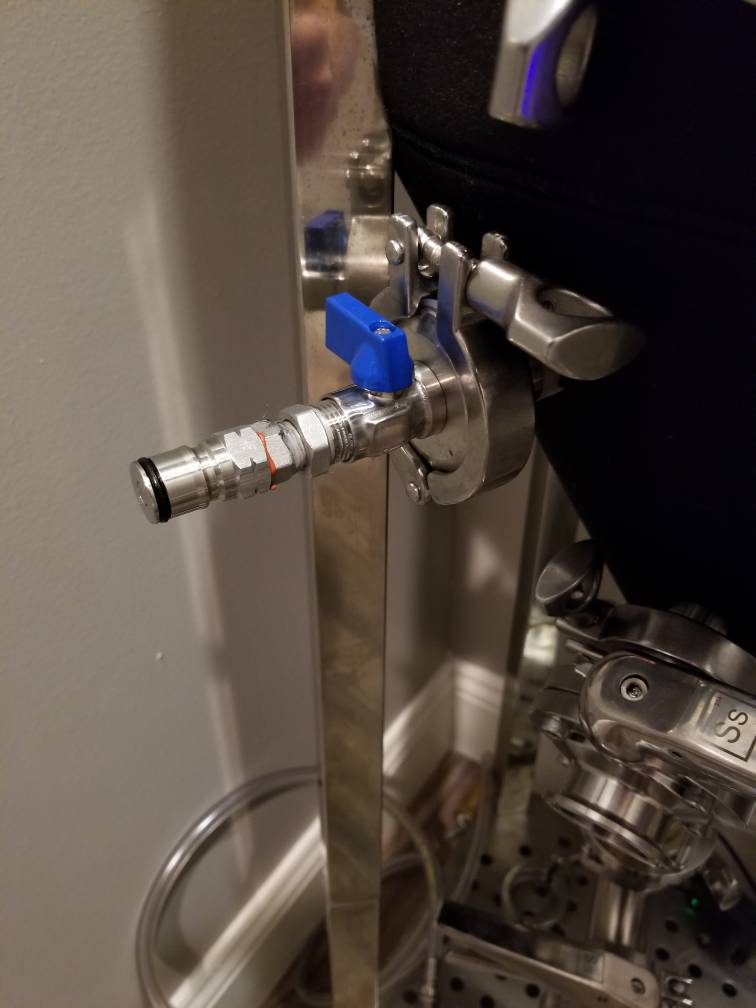Gustatorian
Well-Known Member
- Joined
- Apr 1, 2015
- Messages
- 638
- Reaction score
- 23
This was my first go at the uni tank, so I lightly carbed the beer and the pressure gauge was reading somewhere around 10 psi. I bled off the head pressure, then set the CO2 regulator and spunding valve as mentioned.
In hindsight, I wasted CO2 since I should have not bled head pressure and set the spunding valve accordingly lower than the donor tank. Still getting my process down.
And yes, Gustatorian, beer from the uni-tank can be transferred non-carbed, partially carbed or fully carbed. Any of the above will work to be pushed to keg, and O2 exposure can be minimized with proper techniques. Moving carbed beer can create foaming issues, so having a counter-pressure process will help plus I figured moving the beer very slowly will help too. This was my first foray carbing in a tank, so this was a learning experience. I considered carbing in keg, but since the tank offers carb capabilities, I wanted to try this function. To me, it seems almost preferable to simply carb in the keg.
Interesting, and insightful! I assume the closer you can close the pressure gap between donor vessel and receiving vessel, the less likely you're going to have foaming issues during transfer, correct?























































![Craft A Brew - Safale S-04 Dry Yeast - Fermentis - English Ale Dry Yeast - For English and American Ales and Hard Apple Ciders - Ingredients for Home Brewing - Beer Making Supplies - [1 Pack]](https://m.media-amazon.com/images/I/41fVGNh6JfL._SL500_.jpg)


